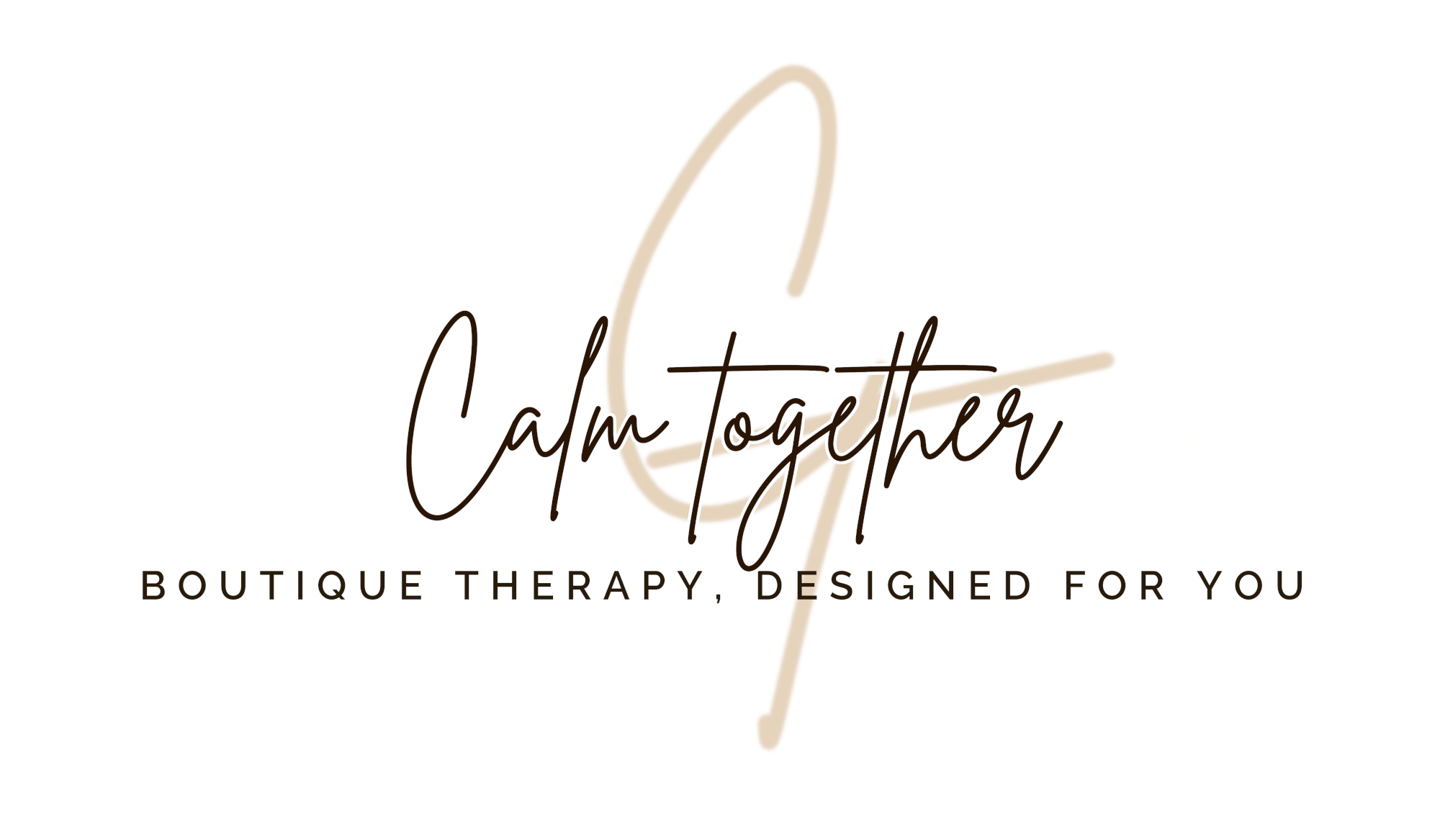Your basket is currently empty!
Embracing Change & Transition
Change is an integral part of our professional and personal lives. Understanding and managing change is especially crucial in the workplace, where the ability to adapt can define our success and well-being. At CalmTogether, we’re here to guide you through these transitions, helping you to not only cope with change but to thrive in it.
Understanding the Emotional Journey: The Kubler-Ross Change Curve
Originally developed to describe the stages of grief experienced by terminally ill patients, the Kubler-Ross Change Curve has been widely adapted to understand emotional reactions to change in various contexts, including the workplace. Recognizing where you are on this curve can significantly enhance your ability to manage changes effectively. The stages include:
- Denial: Initially, there might be a reluctance to accept the change, often due to shock or fear of the unknown. This is a natural first reaction where the change doesn’t seem real yet.
- Anger: As the reality of change sets in, frustration and anger can emerge, especially if the change feels forced or misunderstood.
- Bargaining: During this stage, you might try to find ways to avoid or minimize the change, looking for any possible solution to maintain the status quo or lessen the impact.
- Depression: Realization that change is inevitable may lead to feelings of despair or sadness as you start to process what the change means for you personally.
- Acceptance: Finally, acceptance occurs. It’s not about agreeing with the change but rather reaching a point of understanding that change is here and beginning to look forward and plan how to deal with it.
Reflect on your own reactions to recent changes in your life or workplace. Identifying your current stage can help you understand your feelings and prepare for the next steps in your personal adaptation process.

Managing Uncertainty with Awareness
Changes, especially in a dynamic and fast-paced work environment like in startups or young businesses, require employees to endure frequent shifts in strategy, roles, and expectations. Such environments benefit immensely from understanding the emotional responses outlined by the Kubler-Ross model, as it equips employees and management alike with the empathy and insight needed to navigate these waters smoothly.
This awareness is not only beneficial for coping but is also crucial in fostering a supportive workplace culture that recognizes the emotional impacts of change and provides the necessary support structures to help employees move through these stages productively.
Embracing Flexibility and Growth
In today’s ever-changing business world, flexibility is a valuable asset. Employees who can adapt to new roles or changes in business strategy are invaluable. This flexibility isn’t just about surviving; it’s about leveraging change for personal growth and innovation. As you move through the stages of the Kubler-Ross Change Curve, each phase provides unique opportunities for learning and development that can enhance your career and personal life.
Conclusion
At CalmTogether, we encourage you to view change through a lens of growth and opportunity. Understanding the stages of the Kubler-Ross Change Curve can empower you to manage your emotional journey through change more effectively. Whether the changes are at work or home, approaching them with this knowledge can transform the experience from one of stress and uncertainty to one of resilience and optimism.
Change is a constant, but how we respond to it can make all the difference. Take a moment to reflect on where you might be on the change curve and consider how this insight could help you navigate your path forward with greater confidence and clarity.
